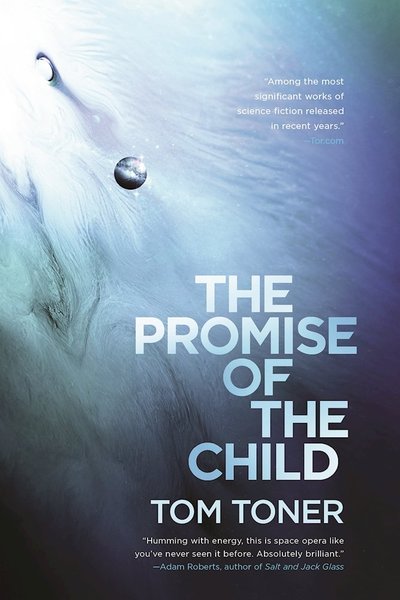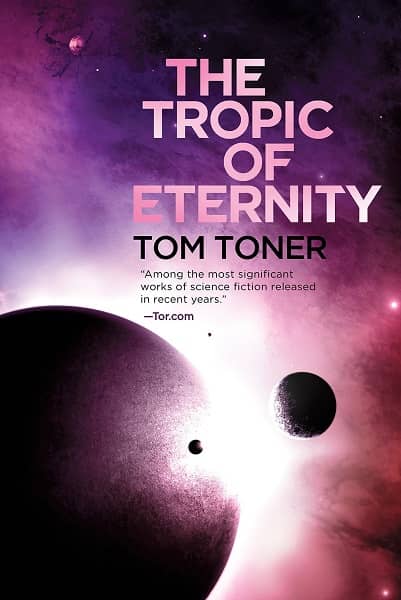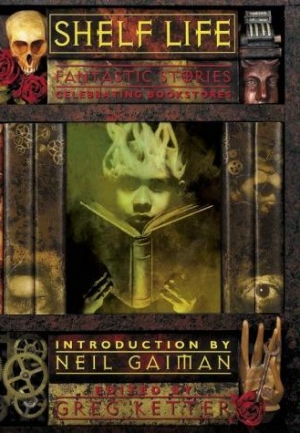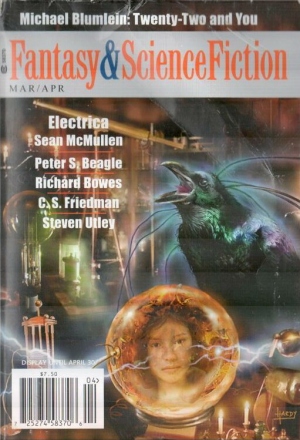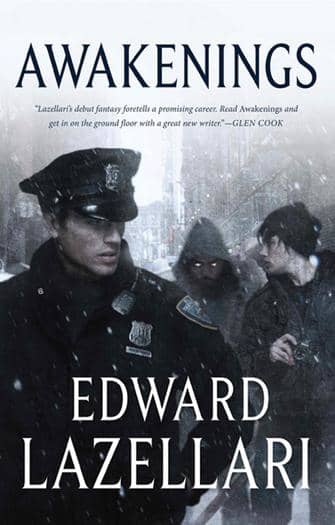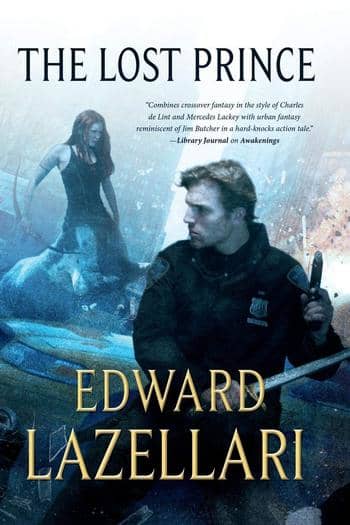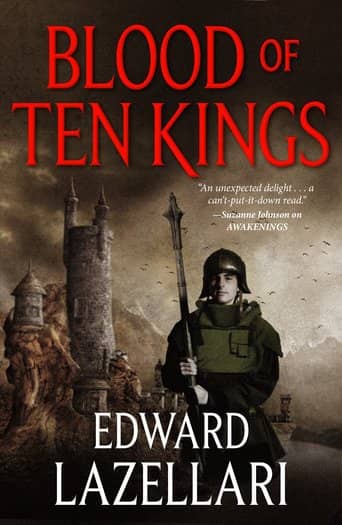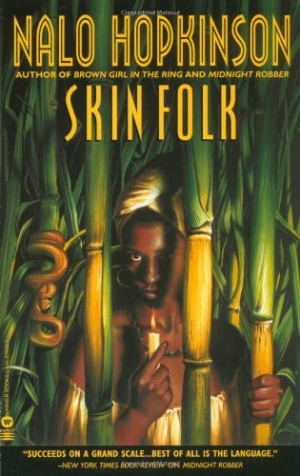Future Treasures: The Smoke by Simon Ings
 |
 |
I’m familiar with the name Simon Ings, but for the life of me I can’t remember from where. His bio says he’s the author of eight previous novels, including his “widely acclaimed” debut Hot Head and the British Science Fiction Association/Campbell Award nominee Wolves (2014), but I dunno, those don’t ring any bells either. However, his short fiction has appeared in Asimov’s SF, Meeting Infinity (2015), and Year’s Best volumes from David Hartwell, Rich Horton and Jonathan Strahan, and it seems likely I’ve encountered him in more than a few TOCs over the years. But his upcoming novel The Smoke already looks like one of major SF novels of 2019, and has been getting plenty of advance notice, including a very enthusiastic review from Gary K. Wolfe at Locus for the original UK hardcover.
Early on, we are given to understand that the “Great War” ended in 1916 with the nuking of Berlin and the irradiation of Europe, that a Yellowstone Eruption in 1874 devastated North America and led to a decade-long global winter, and that – more to the immediate point of how this world diverged from ours – the real-life Russian embryologist Alexander Gurwitsch perfected a “biophotonic ray,” which led to a form of biotech that eventually led to “the speciation of mankind.”… At the top of the sociobiological heap is an enhanced class of urbanites call the Bund, who have taken over large swaths of London (usually referred to as “the Smoke”), and whose advanced technology has already sent robot miners to the moon… [a] haunting tale.
The Smoke will be published by Titan Books on January 22, 2019. It is 309 pages, priced at $14.95 in trade paperback and $7.99 in digital formats. The striking cover is, sadly, uncredited.
See all of coverage of the best upcoming SF and Fantasy releases here.


